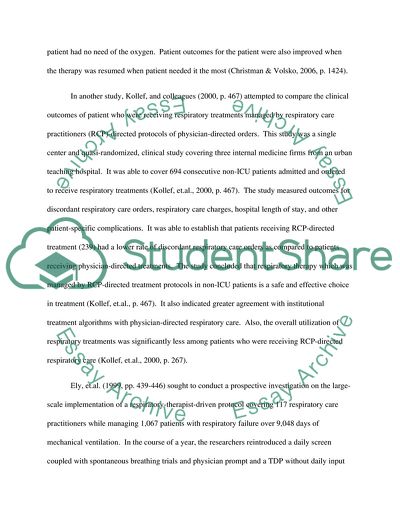Cite this document
(Therapist Driven Approach to Respiratory Care Patients Assignment, n.d.)
Therapist Driven Approach to Respiratory Care Patients Assignment. Retrieved from https://studentshare.org/health-sciences-medicine/1728212-literature-review-2
Therapist Driven Approach to Respiratory Care Patients Assignment. Retrieved from https://studentshare.org/health-sciences-medicine/1728212-literature-review-2
(Therapist Driven Approach to Respiratory Care Patients Assignment)
Therapist Driven Approach to Respiratory Care Patients Assignment. https://studentshare.org/health-sciences-medicine/1728212-literature-review-2.
Therapist Driven Approach to Respiratory Care Patients Assignment. https://studentshare.org/health-sciences-medicine/1728212-literature-review-2.
“Therapist Driven Approach to Respiratory Care Patients Assignment”, n.d. https://studentshare.org/health-sciences-medicine/1728212-literature-review-2.


